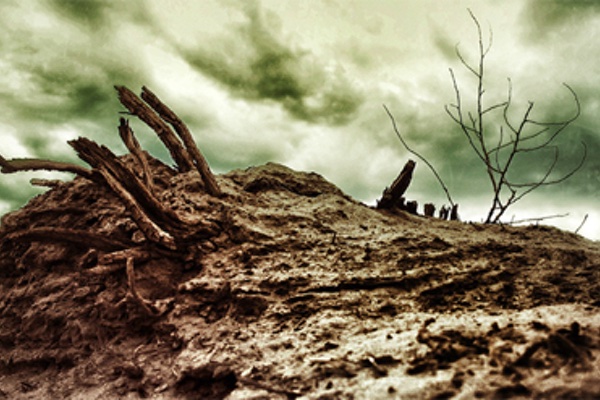Photographic Composition
By Jeff Alu
Look for his work in upcoming Vol. IV #8

Everything is a good photographic subject. There are no bad photographic compositions.
I was incredibly lucky and honored to have given an artist talk to the Disney Imagineering Photography Group last year. One of the Imagineers bought my photography book at Photo L.A., and she later invited me to speak to the group. It was very difficult and intimidating to know what to say to them. I thought, “Should I include in my talk examples of my photos that had shapes and lines that were reminiscent of the shapes of Disney Characters?” Well, I did spurt this out at one point:
“I view many of my photographic subjects in terms of living characters: characters in danger, characters overcoming hardships, characters triumphant in the end. Without this humanistic nuance, my work has far less meaning to me.”
Which is actually very true. I do indeed view many of my subjects in terms of living characters.
I would be lying if I said that I didn’t treat my talk as if it were a job interview. I showed them a bit of my 3D graphics work, and played them some of my music, in a way that illustrated how they were components that influenced my current photographic style. All of this was very true as well. But in the end, I was not offered a position in Mickey land.
However, the talk went very well. I held their interest, and had them laughing at a few key moments. I had been preparing the talk for about three weeks, and realized as I was almost finished that I needed a much more poignant ending, an ending that left them all with something to think about, so a couple of days before the talk I wrote out the following which I read off of a piece of paper while they watched one of my fractal animations below:
“I believe that the ideas and potential of photographic composition have only begun to be explored, and that we’ve only just scratched the surface. Diving into a 3D Fractal, I find that there are an infinite number of potential compositions and that each one exists equally in terms of importance and visual impact. Why is that? I believe that the removal of humanistic qualities changes our perspective on what is acceptable and not acceptable in any given composition. We accept more compositionally in the abstract world since we aren’t as concerned with the organizational features we are used to dealing with in the humanistic world.
I believe that there are an infinite number of potentially great compositional possibilities in the field of view of any camera at any time, but to see them we must unlearn what we believe to be correct or familiar. It can be educational to see the world in terms of micro worlds, to break down what you see into smaller measures, each with equal importance. We’re used to thinking in terms of one composition being superior to another, but it can be very insightful and liberating to think in terms of everything being equal, visually or otherwise, at infinite scales, until scale becomes a parameter which allows us to be free, rather than dictates to us the implied limitations of our placement within 3D space”
[mom_video type=”vimeo” id=”74065675″]
It’s important to keep in mind that the way we interpret what is inside the field of view of our cameras is based on more than what we have been taught is a good photographic composition. It’s based on our current view of the world, our current moral beliefs, what drives us and what we want to communicate to others, and our fears of making mistakes. It’s based on our inner need to impress others and to impress ourselves. It’s based on pressure we receive when we’re forced to produce.
So if you take away all of that interference, what are you left with? Well, freedom for one thing. With all of that pressure absent, you’re free to think in new ways, see in new ways, feel in new ways. Instead of emotions pouring out of your mind, you can open up a new channels into your mind.
When thinking about composition, try to think about it without all of the humanistic and familiar qualities. Try thinking purely in numbers and patterns. Walk around with your mind cleared out. The goal is not to take the humanness out of photography, it’s to reassign it to a composition at a later time, but to first allow yourself to see in new ways without any interference.
A tree is no longer a tree, but a shape. A river is no longer a river but a large mass with some kind of strange movement. Buildings are not man-made, but have always been present. Think of every shape as generated by a mathematical formula within a 3D space, and realize that you can get closer to and further away from these shapes without affecting their importance or meaning. Try viewing the world through a new set of eyes that block out emotion and redefine what is both meaningful and meaningless.
So I’ll say it again:
Everything is a good photographic subject. There are no bad photographic compositions.
You may or may not agree, but just try it: Walk around for an hour or two taking photos while BELIEVING IT and see if anything new happens.
Jeff out.
Originally published on jeffalu.wordpress.com

